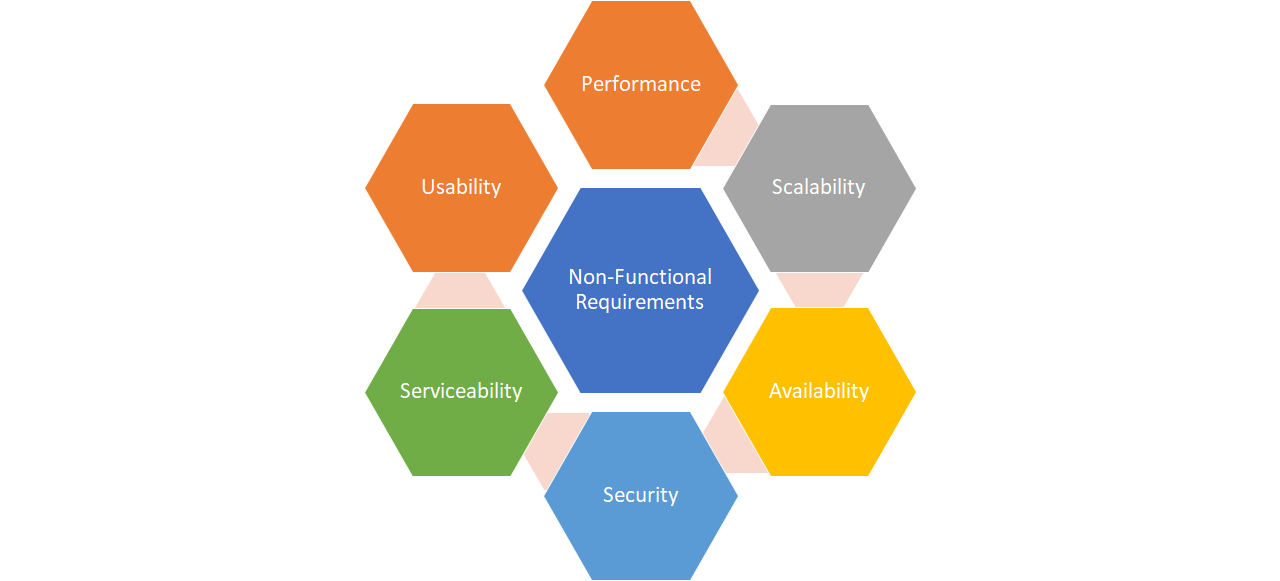Introduction: Non-functional requirements (NFRs) are the foundation for a software system‘s reliability, security, and performance. Despite their vital significance, developers frequently neglect NFRs since they do not interface directly with end users. A new study examines how developers tackle NFRs and proposes six best practices for ensuring a software system’s security and performance now and into the future.
1. Prioritization and Planning
NFRs should be given the same level of priority as functional requirements. This means planning for NFRs from the very beginning of a project and continuously reviewing them throughout the development lifecycle. Early prioritization ensures that NFRs are not an afterthought but an integral part of the development process.
2. Identification and Discussion
NFRs should be identified and discussed as early as the design phase. Early identification allows for a comprehensive understanding of what is required for the system to perform optimally under various conditions. Revisiting and refining these requirements as the software evolves ensures that they remain relevant and effective.
3. Use of Technologies Allied with Testing
To verify the adequacy of NFRs, developers should leverage established technologies and testing frameworks. These tools can assess whether NFRs are being met and can handle the project’s complexity. By using proven technologies, developers can trust that their NFR assessments are accurate and reliable.
4. Benchmarks
Benchmarking is crucial for understanding how code performs under different conditions. By simulating various scenarios, developers can identify performance bottlenecks and areas that need refactoring. This practice ensures that the code meets the project’s specified NFRs and can handle real-world demands.
5. Documentation of Best Practices
Well-documented NFRs provide a clear reference for developers, making it easier to address any issues that arise. Documentation serves as a starting point for troubleshooting and ensures that knowledge about the system’s requirements is preserved and easily accessible for future development.
6. Long-term Mindset
Addressing NFRs with a long-term perspective ensures that the software is not only effective today but also sustainable in the future. A system designed with scalability, maintainability, and a good user experience in mind is more likely to have a prolonged lifespan. This long-term mindset reduces the likelihood of needing major overhauls as the system grows and evolves.
Conclusion
NFRs are essential for creating software that is secure, performant, and maintainable. By prioritizing and planning for NFRs, identifying and discussing them early, using reliable testing technologies, benchmarking, documenting best practices, and adopting a long-term mindset, developers can build robust systems that stand the test of time. Ignoring NFRs is a risk no development team should take, as they are crucial to the overall success and longevity of any software project.
FAQ 1: What are Non-Functional Requirements (NFRs)?
Answer: Non-functional requirements (NFRs) define the system’s operational attributes, such as performance, security, reliability, and usability. They focus on how the system performs rather than what it does.
FAQ 2: Why are NFRs often overlooked by developers?
Answer: NFRs are often overlooked because they are not directly visible to end users and can be more challenging to quantify and test compared to functional requirements.
FAQ 3: How can NFRs be effectively prioritized in a project?
Answer: NFRs should be prioritized by planning them from the start of the project, treating them with the same importance as functional requirements, and reviewing them regularly throughout the development process.
FAQ 4: What are some best practices for addressing NFRs?
Answer: Best practices include early identification and discussion, using established testing technologies, benchmarking, maintaining thorough documentation, and adopting a long-term mindset.
FAQ 5: How do NFRs contribute to the longevity of software?
Answer: Properly addressing NFRs ensures that the software is secure, performant, scalable, and maintainable, which increases its lifespan and reduces the need for significant overhauls in the future.



